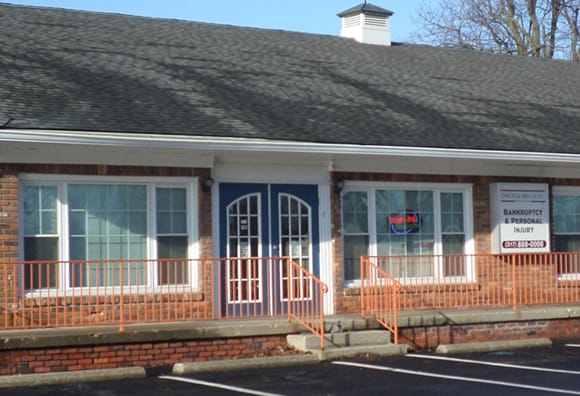
Student loans are a growing problem for many young Americans. With an average student loan debt load of $37,172 in 2017, ballooning debts often become unsustainable and prevent graduates from doing many normal life activities – even starting a family, buying a home, or changing jobs.
Unfortunately for these borrowers, student loans are also one of the hardest debts for which to get forgiveness. While discharging student loans is possible, it’s a long road. To help you get started on that road, here are a few steps to take in order to find relief from your student loans.
1. Look for Other Options
Bankruptcy is, of course, best utilized when you’ve already tried other options for dealing with your debt. Because student loans are so hard to get discharged, this is doubly true.
Consider income-based repayment plans as well as some forgiveness programs (such as by working for nonprofits or government agencies). Using these resources is a necessary step if you plan to claim hardship (see below) because it demonstrates that you’ve made good faith attempts to work with your creditors.
Of course, you don’t want to spend so long attempting to manage loans that you burn through all your funds or assets. Researching options are important, but be objective and reasonable about when it’s time to move on to the next step: considering bankruptcy.
2. Use an Experienced Attorney
If you want to have any chance at discharging your student loans, work with an experienced bankruptcy attorney. The burden of proving that your loans are unduly onerous lies completely on you, so you’d be wise to have help in navigating the tests and paperwork involved with every step of the process.
3. Get Other Debt Discharged
If you have any debts besides your student loans, work on getting these discharged first. Then you’ll have an easier time getting unsecured loans forgiven by creditors or discharged in bankruptcy. And once you pay off your other debts, you may be in a better position to manage your remaining student loan payments.
If you do have some financial means left, start by talking with creditors about your situation to see if you can get non-student loan debts partially forgiven or other forbearance. If you’re already behind, they may be willing to talk. If your situation has already deteriorated to judgments, garnishments, and the inability to balance your monthly budget, seek protection through regular bankruptcy.
4. Show Hardship
The only normal way to get rid of student loan debt is to show that it will be an undue hardship to repay. Proving hardship is complicated, but it can be done. Basically, doing so requires that you show three things to the court’s satisfaction:
-
The hardship makes you unable to maintain a minimal standard of living. Be prepared to show that you have made your budget as minimal as possible and that you’ve tried to boost your income.
-
The problem will continue for the foreseeable future. This would include demonstrating why you are unlikely to be able to increase your income, such as from a lack of a degree or a disability.
-
You have tried to make payments according to the terms. Prepare a record of making payments as well as trying other student loan payment options.
This stage of bankruptcy is when an experienced bankruptcy attorney will be most helpful. Bankruptcy attorneys have already navigated the hardship requirement with other borrowers so they can steer you toward the best way to demonstrate these things for the judge. They may also be able to help you locate other extenuating circumstances, such as deceptive practices by the school you attended.
For help with all your bankruptcy and loan discharge needs, call Lynch & Belch P.C. for a free consultation today.


